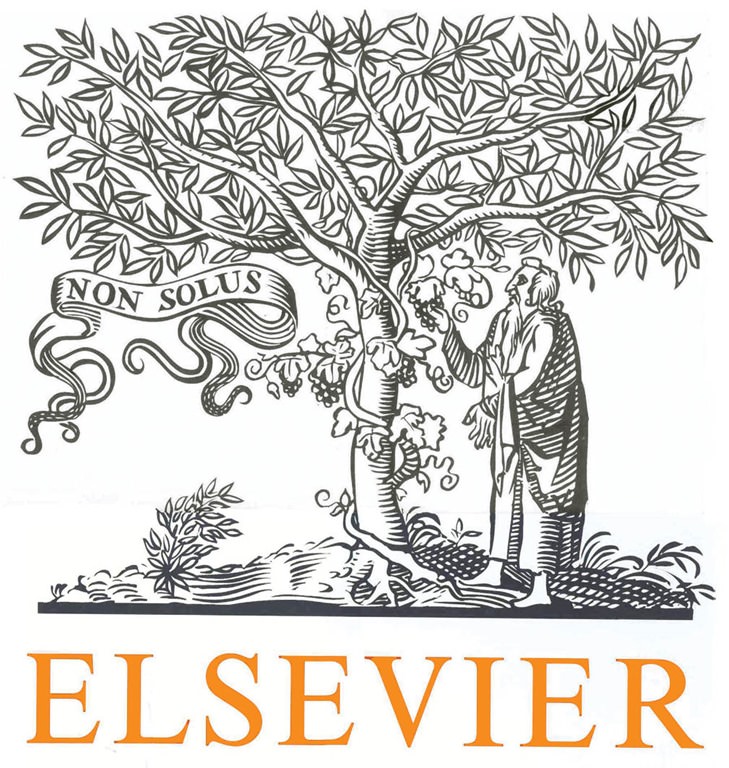4. Paleobiological implications
This finding provides direct evidence that trash-carrying behavior, understood as actively harvesting and carrying exogenous materials for the purposes of camouflage and physical protection, has remained in stasis for more than 100 million years in the green lacewing lineage. Not only that, but it represents the earliest trash-carrying record known to date in the fossil record of arthropods (see Perez-de la Fuente et al., 2012a � ). Previous fossil evidence of this behavior has only been reported from other immature insects in Cenozoic amber, i.e., in assassin bugs, barklice, and owlflies from Miocene Dominican and Mexican ambers (Wu, 1996; Engel and Grimaldi, 2007; Boucot and Poinar Jr., 2010), and in green lacewings from Eocene Baltic amber (Weitschat, 2009). A similar behavior is present in case-building insect larvae like caddisflies (indirect camouflage), with records known since the Jurassic (Grimaldi and Engel, 2005).








